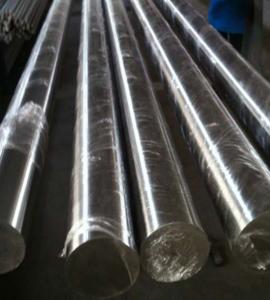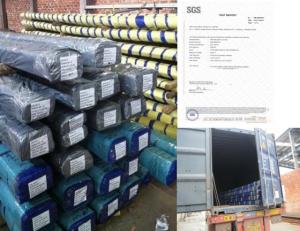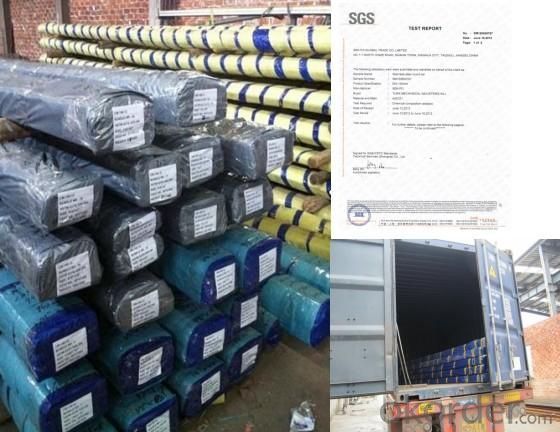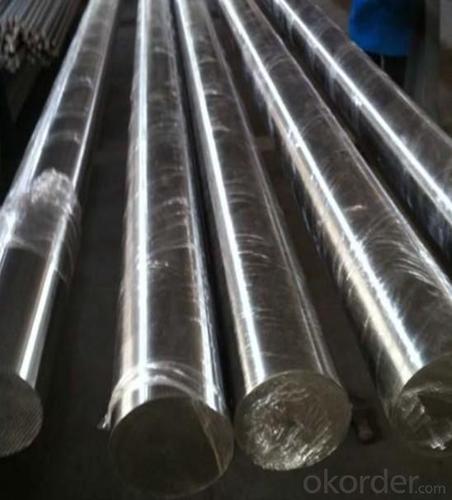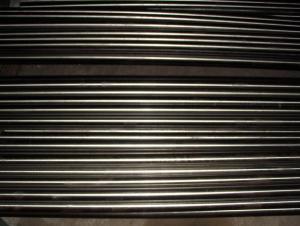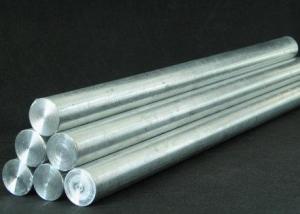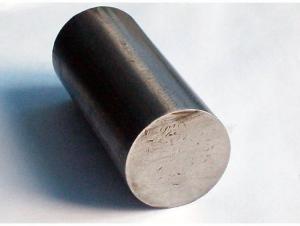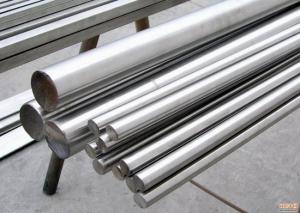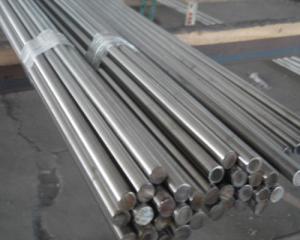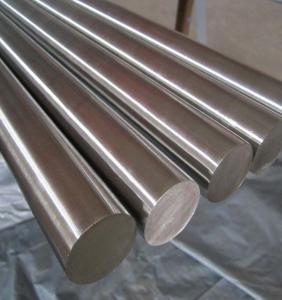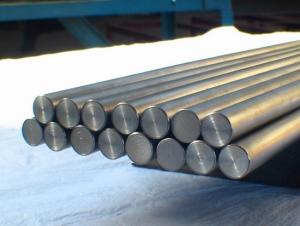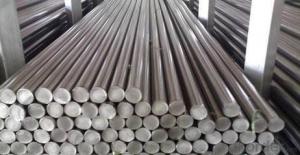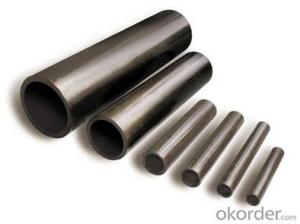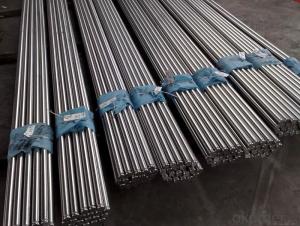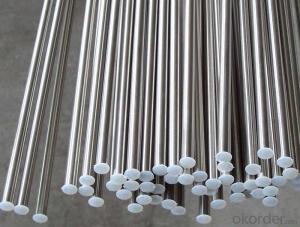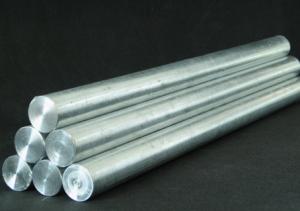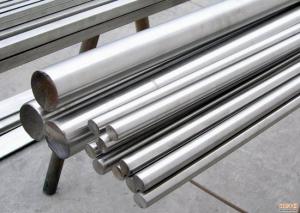1.4301 Stainless Steel Bar
- Loading Port:
- China Main Port
- Payment Terms:
- TT or LC
- Min Order Qty:
- 5 Tons m.t.
- Supply Capability:
- 1000 Tons m.t./month
OKorder Service Pledge
OKorder Financial Service
You Might Also Like
Stainless Steel Bar
Stainless Steel Round Bright Bar
Hot-rolled Stainless Steel Black Bar
Grades:201、202、301、302、303、304、316、316L、321 etc
|
Diameter (mm) |
weight (kg/m) |
Diameter (mm) |
weight (kg/m) |
Diameter (mm) |
weight (kg/m) |
Diameter (mm) |
weight (kg/m) |
|
2 |
0.025 |
14 |
1.221 |
30 |
5.607 |
50 |
15.575 |
|
3 |
0.056 |
15 |
1.402 |
32 |
6.38 |
55 |
18.846 |
|
4 |
0.1 |
16 |
1.595 |
34 |
7.202 |
60 |
22.428 |
|
5 |
0.156 |
18 |
2.019 |
35 |
7.632 |
65 |
26.322 |
|
6 |
0.224 |
19 |
2.249 |
36 |
8.074 |
70 |
30.527 |
|
7 |
0.305 |
20 |
2.492 |
38 |
8.996 |
75 |
35.044 |
|
8 |
0.399 |
22 |
3.015 |
40 |
9.968 |
80 |
39.872 |
|
9 |
0.505 |
24 |
3.588 |
42 |
10.99 |
85 |
45.012 |
|
10 |
0.623 |
25 |
3.894 |
45 |
12.616 |
90 |
50.463 |
|
11 |
0.754 |
27 |
4.542 |
46 |
13.183 |
95 |
56.226 |
|
12 |
0.897 |
28 |
4.884 |
48 |
14.354 |
100 |
62.3 |
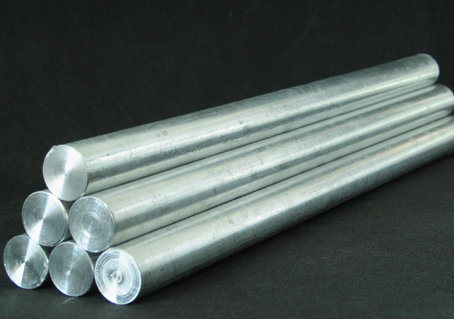
- Q: What is the cost difference between stainless steel bars and other materials?
- The cost difference between stainless steel bars and other materials can vary depending on several factors. Stainless steel bars are generally more expensive than other materials such as carbon steel or aluminum. This is primarily due to the higher cost of the raw materials used to make stainless steel, as well as the additional processing and manufacturing steps required to produce stainless steel bars. Stainless steel is known for its excellent corrosion resistance, durability, and aesthetic appeal. These properties make it a preferred choice in many industries such as construction, automotive, and aerospace. However, these desirable qualities come at a higher price point compared to other materials. On the other hand, materials like carbon steel or aluminum may have lower upfront costs, but they may not offer the same level of corrosion resistance and durability as stainless steel. This can result in higher maintenance and replacement costs over time. It is essential to consider the specific requirements of the application and the long-term cost implications when comparing the cost difference between stainless steel bars and other materials. While stainless steel bars may have a higher initial cost, their superior performance and longevity can often offset the additional expense in the long run.
- Q: How do stainless steel bars resist scaling and sulfidation?
- Stainless steel bars resist scaling and sulfidation primarily due to the presence of chromium in their composition. Chromium forms a protective oxide layer on the surface of the stainless steel, which acts as a barrier against oxidation and prevents scaling. Additionally, the high chromium content also enhances the material's resistance to sulfidation, as it forms stable compounds with sulfur that inhibit sulfide formation.
- Q: Can stainless steel bars be coated with ceramic?
- Yes, stainless steel bars can be coated with ceramic. Coating stainless steel bars with ceramic helps enhance their resistance to wear, corrosion, and high temperatures, making them suitable for various applications in industries such as aerospace, automotive, and manufacturing.
- Q: What are the applications of stainless steel bars in the pulp and paper industry?
- Stainless steel bars are widely used in the pulp and paper industry for various applications. They are commonly utilized in the construction of equipment and machinery such as pumps, valves, tanks, and agitators due to their excellent corrosion resistance properties. Stainless steel bars also offer high strength and durability, making them suitable for demanding environments and ensuring long-term performance. Additionally, they are used in the production of screens, filters, and wire mesh, which play a crucial role in the paper manufacturing process by facilitating pulp separation and ensuring the quality of the final product.
- Q: Are stainless steel bars safe for food and beverage applications?
- Stainless steel bars are indeed suitable for food and beverage applications. Their exceptional resistance to corrosion, durability, and ease of cleaning make stainless steel a widely utilized material in the food and beverage industry. This non-reactive substance ensures that no harmful chemicals or flavors are transferred to food or beverages. Moreover, stainless steel's hygienic properties and resistance to bacteria growth make it the perfect option for processing equipment in the food and beverage sector, including countertops, sinks, storage tanks, and utensils. Additionally, stainless steel can endure high temperatures and withstand rigorous cleaning and sterilization techniques, guaranteeing the safety and quality of the products.
- Q: Are stainless steel bars suitable for construction purposes?
- Indeed, construction purposes can greatly benefit from the utilization of stainless steel bars. Stainless steel, being a versatile and durable material, provides various advantages for construction projects. Primarily, stainless steel exhibits exceptional resistance to corrosion, making it highly suitable for construction in environments characterized by high moisture or chemical exposure. Unlike other materials, stainless steel does not easily rust or corrode, thus ensuring the long-lasting nature and durability of the structure. Moreover, stainless steel bars possess remarkable strength, enabling them to withstand heavy loads. This characteristic renders them ideal for construction endeavors that require structural support. Their high tensile strength allows them to resist bending and deformation under immense pressure. Furthermore, stainless steel bars are fire-resistant, ensuring safety in construction applications. With their high melting point and incapability to contribute to the spread of fire, they play a vital role in safeguarding both the building and its occupants. In addition to their functional attributes, stainless steel bars also possess aesthetic appeal, boasting a sleek and modern appearance capable of enhancing the visual allure of any construction project. Furthermore, their easy fabrication allows for various design possibilities and customization options. In conclusion, stainless steel bars offer a multitude of advantages for construction purposes, including corrosion resistance, strength, fire resistance, and aesthetic appeal. Thus, they prove to be a suitable choice for a wide range of construction applications, spanning from residential buildings to commercial structures and infrastructure projects.
- Q: What is the difference between hot rolled and forged stainless steel bars?
- Hot rolled and forged stainless steel bars vary primarily in their manufacturing process and the resulting characteristics of the final product. Hot rolled bars are made by heating a stainless steel billet or ingot to a high temperature and then rolling it into the desired shape. This procedure creates a more uniform grain structure and enhances the mechanical properties of the steel. Hot rolled bars are generally less expensive and possess a coarser surface finish when compared to forged bars. Conversely, forged stainless steel bars are produced by heating a stainless steel billet or ingot to a high temperature and then subjecting it to intense pressure to shape the metal accordingly. This method yields a more refined grain structure and superior mechanical properties, such as increased strength, toughness, and resistance to wear and tear. Additionally, forged bars typically exhibit a smoother surface finish in comparison to hot rolled bars. In conclusion, the primary distinctions between hot rolled and forged stainless steel bars lie in their manufacturing process, resulting grain structure, and mechanical properties. Hot rolled bars offer cost-effectiveness and a coarser surface finish, whereas forged bars provide superior strength, toughness, and a smoother surface finish. The choice between the two depends on the specific application and the desired properties of the stainless steel bars.
- Q: How do stainless steel bars compare to other metal bars?
- The exceptional properties and characteristics of stainless steel bars have earned them a high reputation in various industries, making them highly sought after. When compared to other metal bars, stainless steel bars offer numerous distinct advantages. To begin with, stainless steel bars are known for their high resistance to corrosion and rust, making them an excellent choice for applications that require durability and longevity. This corrosion resistance is due to the presence of chromium, which creates a protective oxide layer on the surface of the stainless steel, shielding it from external factors such as moisture, chemicals, or atmospheric conditions. In contrast, other metals like carbon steel or aluminum are more susceptible to corrosion and require additional protective coatings or maintenance to prevent deterioration. Furthermore, stainless steel bars possess exceptional strength and toughness, enabling them to withstand heavy loads and high-pressure environments. This inherent strength makes stainless steel bars suitable for applications that require structural integrity or resistance to deformation. Compared to other metal bars, stainless steel has a higher strength-to-weight ratio, meaning it can provide the same strength with less weight, making it more cost-effective and efficient. Moreover, stainless steel bars exhibit superb heat resistance, ensuring that they maintain their strength and structural integrity even at high temperatures. This property is vital in industries such as aerospace, automotive, or manufacturing, where metal bars are exposed to extreme heat conditions. In contrast, other metals like aluminum or copper may experience thermal expansion or deformation under high temperatures, making stainless steel bars the superior choice in such scenarios. Additionally, stainless steel bars offer exceptional hygiene and cleanliness, making them widely used in industries such as food processing, pharmaceuticals, and healthcare. The smooth and non-porous surface of stainless steel bars makes them easy to clean, resistant to bacterial growth, and capable of maintaining high sanitary standards. On the other hand, other metals may have porous or rough surfaces that can trap bacteria or contaminants, compromising the hygiene and safety of the application. In conclusion, stainless steel bars surpass other metal bars in terms of corrosion resistance, strength, heat resistance, and hygiene. These qualities make stainless steel bars a versatile and reliable choice for a wide range of applications across various industries, ensuring long-lasting performance and cost-effectiveness.
- Q: Are stainless steel bars suitable for architectural column cladding?
- Yes, stainless steel bars are suitable for architectural column cladding. Stainless steel is a versatile and durable material that is commonly used in architectural applications due to its corrosion resistance, high strength, and aesthetic appeal. Stainless steel bars can be easily fabricated into various shapes and sizes, making them ideal for cladding architectural columns. Additionally, stainless steel provides a sleek and modern look that enhances the overall aesthetic of a building. It is also low maintenance and can withstand harsh environmental conditions, making it a long-lasting choice for column cladding in architectural projects.
- Q: Can stainless steel bars be used in the aerospace manufacturing industry?
- Indeed, the aerospace manufacturing industry does make use of stainless steel bars. This material, known for its versatility and durability, boasts exceptional resistance to corrosion, impressive strength, and heat resistance, thereby rendering it suitable for a diverse range of aerospace applications. It is commonly employed in the fabrication of crucial aircraft components, including but not limited to landing gears, engine parts, structural supports, and fasteners. By utilizing stainless steel bars, aerospace manufacturers can ensure the necessary strength and stability vital to their operations, all while upholding the aircraft's integrity and safety. Moreover, the material's ability to withstand extreme temperatures and harsh environments makes it an optimal choice for aerospace applications, where reliability and performance are of utmost importance.
1. Manufacturer Overview
| Location | Jiangsu, China |
| Year Established | 2010 |
| Annual Output Value | above US$8 million |
| Main Markets | East Asia, Middle East, West Europe |
| Company Certifications |
2. Manufacturer Certificates
| a) Certification Name | |
| Range | |
| Reference | |
| Validity Period |
3. Manufacturer Capability
| a) Trade Capacity | |
| Nearest Port | Shanghai |
| Export Percentage | |
| No.of Employees in Trade Department | above 50 people |
| Language Spoken: | English, Chinese, Arabic |
| b) Factory Information | |
| Factory Size: | about 15000 square meter |
| No. of Production Lines | above 4 |
| Contract Manufacturing | OEM Service Offered,Design Service Offered |
| Product Price Range | Average |
Send your message to us
1.4301 Stainless Steel Bar
- Loading Port:
- China Main Port
- Payment Terms:
- TT or LC
- Min Order Qty:
- 5 Tons m.t.
- Supply Capability:
- 1000 Tons m.t./month
OKorder Service Pledge
OKorder Financial Service
Similar products
Hot products
Hot Searches
Related keywords
